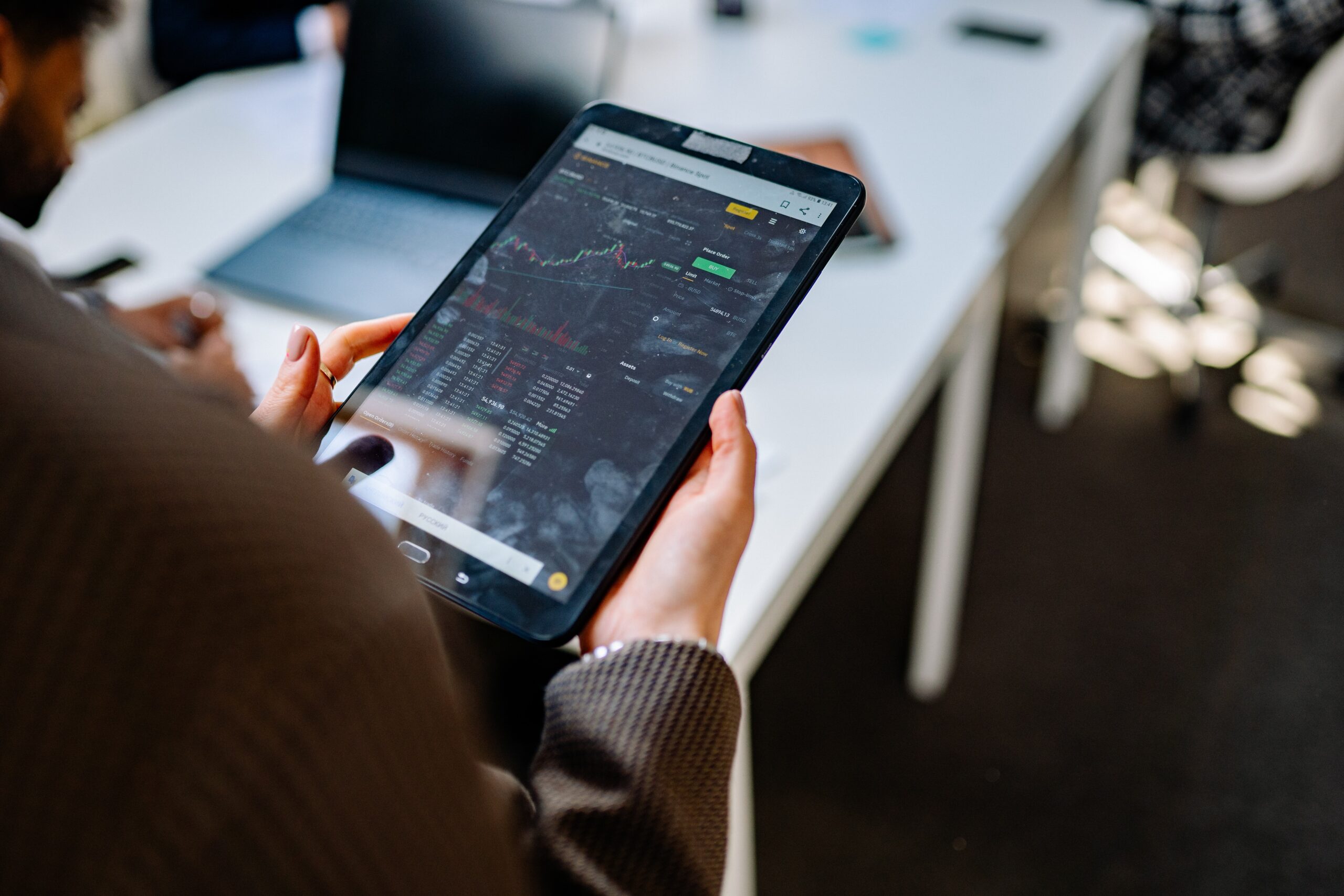How Leverage Works and What It Means for Crypto Trader
When it comes to trading cryptocurrencies, have you ever thought about how to make use of leverage? In this piece, we will discuss how to use leverage when trading cryptocurrencies, as well as some of the exchanges that currently provide this feature. What Exactly Is Trading with...

When it comes to trading cryptocurrencies, have you ever thought about how to make use of leverage? In this piece, we will discuss how to use leverage when trading cryptocurrencies, as well as some of the exchanges that currently provide this feature.
What Exactly Is Trading with Leverage?
Consider a trader who has $100 in his account at the moment. However, he is certain that the value of Bitcoin will increase in the near future. The catch is that he only has one hundred dollars. To get the most out of his investments and maximize his profits, he can start a position with ten times the normal leverage, which brings his total buying power up to $1,000. This particular transaction will use a leverage ratio of 1:10 ($100 multiplied by 10 equals $1000).
The fact that crypto traders can use their holdings in a variety of ways is a welcome piece of information for them. Although futures contracts and margin trading have their roots in traditional finance, leveraged tokens are a phenomenon that can only be found in the “cryptoverse.”
Trading with leverage in cryptocurrency and how it works
When you trade cryptocurrencies using leverage, you are required to make an initial deposit of funds (also known as collateral) into your margin account.
Consider the case of a trader who wants to place a bet of $1,000 on Ethereum (ETH). But all they have is one hundred dollars. In this scenario, he will have to use 10 times as much leverage. If the ratio is 1:10, then the needed margin will be one tenth of $1,000, which is $100. Therefore, the trader is permitted to put up his own $100 as collateral.
In addition to the initial margin requirement, the trader is responsible for keeping a certain amount of margin, which is referred to as “Maintenance Margin.” Therefore, in order for the trader to prevent the position from being liquidated and to prevent the market price from moving against the position and reducing the margin below the threshold, the trader must deposit more funds to his account. The exchange will take the trader’s deposit in the event that they liquidate their position.
What exactly does it mean to trade with leverage? To put it more succinctly, it is a method for traders to increase their earnings by using the funds of other individuals.
Why Use Leverage?
If you have ever asked yourself, “What is leveraged cryptocurrency trading?” then you need to realize that traders use leverage to expand their position size and optimize their earnings. If you have ever wondered, “What is leveraged cryptocurrency trading?” then you need to grasp this.
In addition, when traders are trying to figure out how to use leverage in the cryptocurrency market, they need to ask themselves, “Why use it?” Trading on margin can be beneficial for a number of reasons, including the maximizing of profits and the enhancement of liquidity.
A trader might, for instance, take $1,000 and spend it all in a single deal using one-to-one leverage. Or you might take a position with a leverage of four times with the same $1,000 in collateral.
In the event that this does not occur, the trader will be required to put $4,000 of his own money into the transaction. When you trade on margin, the minimum required investment is merely $1,000, leaving you with an additional $3,000 to cover any other costs. Therefore, after exiting a long position, a trader has the potential to earn a lower total amount of money.
Exchanges of cryptocurrencies that make use of leverage
When attempting to answer the question “what is leveraged cryptocurrency trading?” It is important to consider which crypto leveraged platforms provide the greatest amount of leverage. Here are some examples of them:
- Bybit Leverage: 1:100
- Coins include ETH, BTC, XRP, and a variety of alternative cryptocurrencies.
- PrimeBit (has the highest leverage)
- Leverage: 1:200
- Coins: ETH, BTC, LTC.
- Binance Leverage: 1:125
- Coins such as ADA, BNB, BTC, ETH, DOT, and XRP, along with a great number of others.
- BitMEX Leverage: 1:100
- Coins: BTC, ETH, LTC.
- Leverage for PrimeXBT is 1:100.
- Coins such are Bitcoin, Ethereum, and XRP, among others.
The use of DAOs, or decentralized autonomous organizations, as a method to implement community governance for cryptocurrency initiatives is becoming increasingly common.
The Bottom Line
If you are an experienced trader who is able to accurately predict the direction in which an asset will move and is familiar with the process of risk calculation, then margin trading is only going to be beneficial for you. It will make it possible for you to make a significant profit off of a relatively modest investment.
If you are not yet an experienced trader and you have concerns regarding the use of leverage, then you should surely figure out your trading strategy without making use of leverage.
